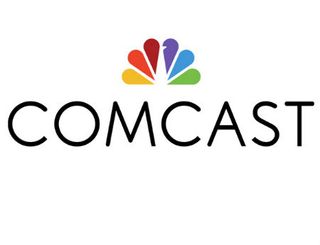Comcast: Our Broadband Network Is IPv6-Ready

Comcast announced Tuesday that its broadband network has been fully deployed to support IPv6 dual stack connectivity, a milestone that factors in as the pool of IPv4 addresses continues to run dry.
Comcast was 75% of the way there as of last November, noting at the time that it had completed IPv6 rollouts on Arris cable modem termination systems (CMTSs) over a year prior, and was in the process of implementing v6 support on its base of Cisco Systems uBR1000 CMTSs.
“The deployment of IPv6 is a critical step in supporting the growing needs of the Internet, as IPv4 resources, engineered and brought to fruition over 30 years ago, continue to dwindle due to the explosion of devices hooked into the global network,” John Brzozowski, a Comcast fellow and the cable unit’s chief IPv6 architect, announced in this blog post. “The deployment of IPv6 is also a necessary step as the ‘Internet of Things’ - devices that leverage a broadband infrastructure in order to think and function - continues to rise, and as next generation network technologies, like IPv6 Segment Routing and Service Function Chaining, begin to take shape.”
Brzozowski said Comcast is making plans to extend support for IPv6 to additional residential devices, as well as the launch of IPv6 capability for business customers. “In addition, Comcast continues to leverage IPv6 across the entire product and service portfolio, with IPv6 only support planned for both the Xfinity X1 platform and Xfinity Voice, with trials slated for later this year," he explained.
Comcast, he added, has also launched IPv6 support for several NBCUniversal digital properties, including nbc.com, nbcsports.com and universalstudios.com.
The MSO has also achieved a traffic milestone, recently crossing 1 Terabits per second of “Internet facing, native IPv6 traffic,” Brzozowski added, citing contributions from Google, which has enabled YouTube streaming to be dual stack-enabled by default.
The American Registry for Internet Numbers (ARIN), which manages Internet number resources for the U.S., Canada, and many Caribbean and North Atlantic islands, has been keeping close tabs on the accelerating burn rate for v4 addresses.
Multichannel Newsletter
The smarter way to stay on top of the multichannel video marketplace. Sign up below.
ARIN said “Phase 4” of its IPv4 countdown began in April 2014, meaning that one /8 equivalent address block remains.
Brzozowski has also been advocating the CE industry to adopt v6 in smart TVS and other IP-connected devices, and has been chairing the Consumer Electronics Association’s IPv6 working group since the organization founded it in 2011.
